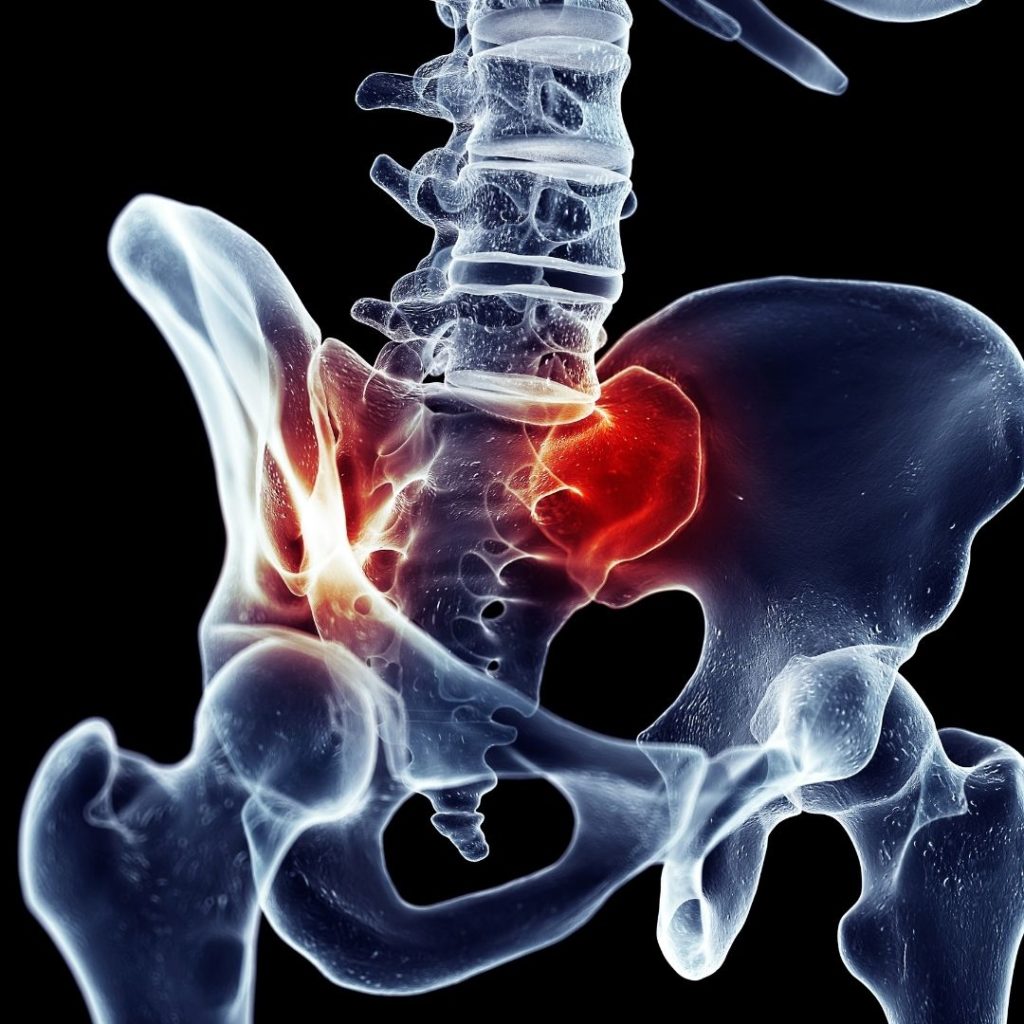Pelvic floor physical therapy is a type of physical therapy that directly targets the pelvic floor area. The goal of therapy in this area ranges from strengthening the muscles after an injury or relieving symptoms of pelvic floor dysfunction. If you are looking for pelvic floor physical therapy in Sutton Place, look no further than H&D Physical Therapy.
Pelvic Floor Dysfunction
People with pelvic floor dysfunction are unable to properly relax their pelvic floor muscles to have a bowel movement. A properly functioning pelvic floor allows you to control when you urinate and release feces and flatus (gas). It can be extremely embarrassing and uncomfortable when these bowel movements happen uncontrollably, which is why pelvic floor therapy in Sutton Place can be beneficial.
The pelvic floor muscles support the pelvic organs (bowel, bladder, and uterus in women) from the bottom of the pelvis. When the pelvic floor is properly relaxed, urine and feces may be passed out of the body.
Layers and layers of tissue and muscle make up the floor of the pelvis. These layers are able to stretch from the pubic bone at the front of the body to the coccyx at the back. They also stretch side to side from one sitting bone to the other.
Symptoms
- Constantly needing to use the bathroom
- Pain when urinating
- Lower back pain
- Discomfort in the pelvic area, genitals, or rectum
- Long-term constipation or painful pushing to pass a bowel movement
- Leaking stool or urine
In Men
Pelvic floor dysfunction can affect both men and women as the pelvic floor muscles play such a big part in sexual activity and function for men and women. However, there are some pelvic conditions that can be unique to solely males or females.

For men, the pelvic floor controls erectile function and ejaculation. It can also exist while a man is suffering from other conditions that may include:
- Male urinary dysfunction
- Erectile dysfunction
- Prostatitis
In Women
In women, the ability to contract your pelvic floor plays a part in sexual stimulation and arousal. Also, the pelvic floor serves as additional support for the baby during pregnancy for women who become pregnant. Then during the birthing process, it’s crucial that the woman’s pelvic floor is relaxed so as not to cause problems while the baby is exiting the birth canal.
It is important to note that pelvic floor dysfunction is not the same thing as pelvic organ prolapse. Pelvic organ prolapse occurs when the muscles that hold a woman’s pelvic organs where they are supposed to be become too loose to hold them in place. This can cause the woman’s pelvic organs to visibly extend out of the vagina or rectum. If this happens, the woman may need to physically push these organs back into her body with her hands. Pelvic floor physical therapy in Sutton Place can be helpful to prevent this from occurring.
Diagnosis
Suppose you have any of the symptoms listed above or have any other reason to believe you have pelvic floor dysfunction or pelvic organ prolapse. In that case, it’s vital to make an appointment as soon as you can with a healthcare professional. In your appointment, your healthcare provider may ask you questions such as:
- Have you ever given birth?
- Do you have a history of urinary tract infections?
- If you are female, does it often hurt when you have sex?
- Is it painful and requires much effort for you to pass a bowel movement?
After asking these questions, your healthcare provider could do a physical examination to gauge the strength of your pelvic floor muscles. This will probably involve the professional checking these muscles with their hands or giving you a vaginal or intrarectal exam.
Treatment
Although pelvic floor dysfunction may be uncomfortable, it can be treated relatively quickly in most cases. Surgery is not a needed treatment, and most people can seek relief through physical therapy, especially helpful getting pelvic floor physical therapy in Sutton Place at H & H&D Physical Therapy.
The most common treatment for pelvic floor dysfunction is biofeedback. This course of treatment is painless and helps over 75% of people who have been diagnosed with pelvic floor dysfunction. With biofeedback, a healthcare professional would use sensors and video to watch how your pelvic floor muscles react when you try to clench or relax them. Your healthcare provider then gives you feedback on what you are doing and how your muscles are reacting.
Another very common treatment is pelvic floor physical therapy. This can be done while biofeedback therapy is happening. Your physical therapist may show you how to do Kegels, which are popular exercises that involve contracting and then relaxing the pelvic floor muscles in order to strengthen them.
Some external physical therapy techniques include trigger point therapy, skin rolling, and myofascial release (deep tissue massage). These techniques involve professionals putting pressure on areas of the lower back and pelvic regions in certain ways to reduce pain. Visit our website for more information.
Contact Us For Pelvic Floor Physical Therapy in Sutton Place
Pelvic floor dysfunction is a condition that affects both men and women of all ages, but it is treatable and can be treated relatively painlessly. Pelvic floor physical therapy in Sutton Place can be found at H&D Physical Therapy. Contact us today to make an appointment.
You must be logged in to post a comment.